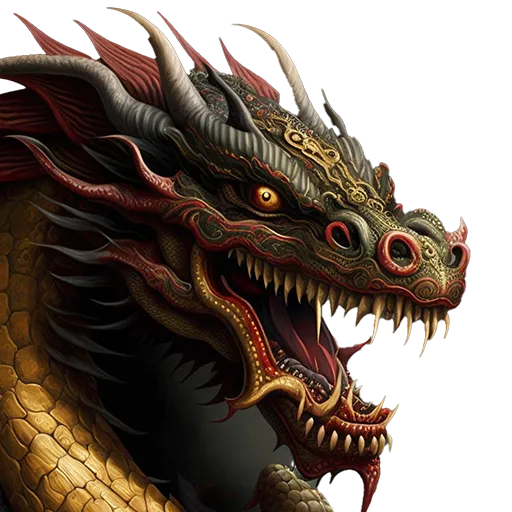The Jing Wu Athletic Association and the 10 Standard Forms
Jing Wu Tiyu Hui, (Elite Martial Athletic Association), is more commonly known as the Jing Wu Athletic Association and as Ching Mo in Cantonese. It was founded in 1909 (some sources cite 1910 as the founding year) to develop fitness and lift the morale of the Chinese people, and to promote and advance traditional Chinese martial arts.
Huo Yuanjia is traditionally regarded as the founder of Jing Wu. However, his tenure there was brief as he died at 42 years of age, only a few months after his arrival in Shanghai. After Huo’s passing, Zhao Lianhe, an expert in Xing Yi and Tan Tui, became chief instructor and developed a standardized curriculum based mostly on the Northern Tan Tui System. The curriculum consisted of 10 routines, which were prerequisites for all trainees before they embarked on other studies with the various masters who were teaching at Jing Wu.
The 10 original routines, known as Tao Lu in Chinese, are still practiced at the Shanghai Jing Wu Association today, as well as at other Jing Wu branches throughout the world. They are also popular outside of Jing Wu proper and are taught with slight variations in different Northern style based schools. Following is a complete list of names for the 10 forms:
- Shi Er Lu Tan Tui (Twelve Rows Springing Legs)
- Gong Li Quan (Power Training Fist)
- Jie Quan (Intercepting Fist)
- Da Zhan Quan (Big Battle Fist)
- Bagua Dao (Eight Diagram Broadsword)
- Qunyang Gun (Sheep Flocking Staff)
- Wu Hu Qiang (Five Tiger Spear)
- Tan Tui Dui Lian (Tan Tui Partner Set)
- Tao Quan (Set Fist)
- Dan Dao Dui Qian (Broadsword versus Spear)
The forms listed above have nothing to do with Huo Yuanjia and do not represent the Mizong Kung Fu system. Most of the leading masters who taught at Jing Wu, like Huo Yuanjia, were from Hebei province. Likewise, the 10 Forms that derive from that region are probably the contribution of more than one master, and most likely represent more than one style.
